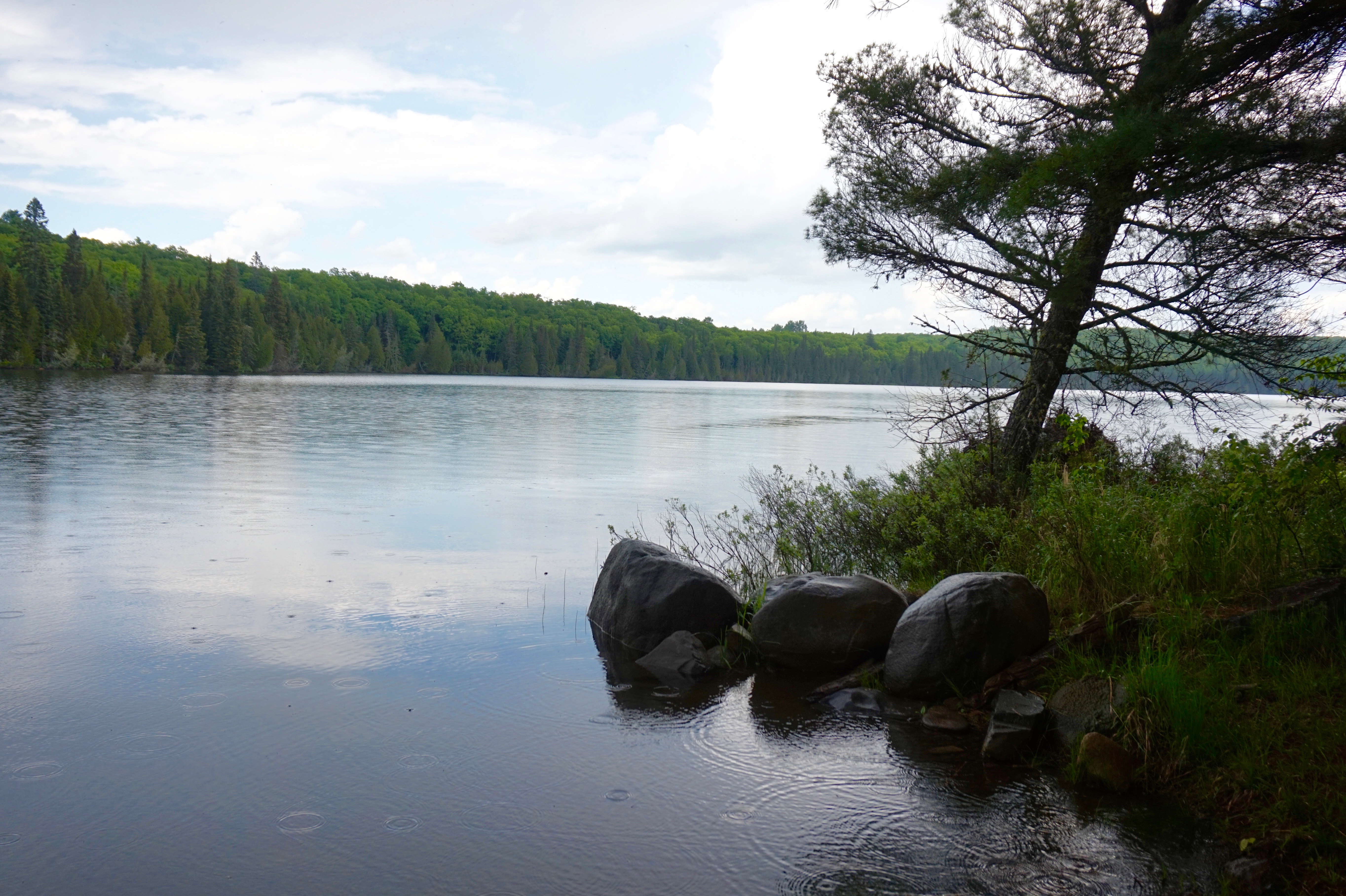Researchers measure contaminants of emerging concern in aquatic systems
April 15, 2020

A new project sets out to clarify the distribution of pharmaceutical and personal care product contaminants in rural, tribal areas
ST PAUL, MINN. ---- A team of researchers recently set out to measure the presence of contaminants of emerging concern (CECs) — chemicals that are materializing in our environment and were previously unknown, unrecognized, or unregulated — in areas where the Grand Portage Band fishes for subsistence. Their goal is to better understand the distribution and potential impact CEC’s have on wildlife and human health. The team recently published their first paper on the subject in Science of the Total Environment.
Traces of the medications people use, as well as common household chemicals and hormones, often appear in wastewater. While wastewater management facilities remove most organic compounds from sewage, few have the advanced filtration systems necessary to remove chemical contaminants. Methods are now available to test for very small concentrations of previously unrecognized CECs present in aquatic environments. Evidence is also growing that these unregulated CECs can affect the behavior and reproduction of fish and wildlife. However, little is known about the distribution of these chemicals in rural and remote areas.
The team is made up of researchers from the University of Minnesota’s College of Veterinary Medicine (CVM) and School of Public Health, The Grand Portage Band of Lake Superior Chippewa, the Environmental Protection Agency, and other organizations. The scientists surveyed the presence of CECs in water, sediment, and subsistence fish species across various water bodies in remote areas, as well as those with human development along shorelines, and those directly receiving water from wastewater treatment plants. The investigators analyzed sites within the Grand Portage Indian Reservation and 1854 Ceded Territory in northeastern Minnesota.
The paper’s findings indicate:
Detectable levels of synthetic estrogens, antidepressants, opiates, antibiotics, stimulants, and others in both remote and non-remote lakes;
117 of the 158 compounds tested across 28 sites were detected in water, sediment, or fish — or multiple of these mediums in a single location;
CECs were most frequently detected at lakes receiving water from wastewater treatment plants but were also detected in remote lakes, far from any wastewater treatment plant and human development.
“The potential impact these pharmaceuticals could have on fish — antimicrobial resistance, hormonal and behavioral changes — is concerning,” says Jessica Deere, a PhD candidate from the CVM working on the project.
“There is still more to learn about these chemicals — how are they getting to these remote locations, how might they be impacting aquatic ecosystems, and whether they present a risk to humans that are consuming these fish,” says Tiffany Wolf, DVM, PhD, assistant professor in the CVM’s Department of Veterinary Population Medicine and one of the principal investigators on the recent paper. “Our next steps are intended to address some of these questions, but so far, we've really only dipped our toe into the proverbial pool.”
Finding CECs in undeveloped locations where tribal communities fish raises crucial questions about how they are getting there. The scientists suspect that Earth’s water cycle is one of a few potential factors helping these contaminants spread to lakes that are not in contact with wastewater treatment plants or human development.
“The purpose of the work we do is to maintain a subsistence lifestyle for the health and cultural well-being of the Grand Portage tribal members,” says Seth Moore, PhD, director of biology and environment at Grand Portage and principal investigator on the recent study. “Our goal is to ensure that sovereignty is maintained and that we are excellent stewards of our natural resources so that seven generations from now, our great-grandchildren may use the Earth as we do today, and as our great grandparents did seven generations ago.”
The scientists will next explore exactly how these contaminants are traveling to remote locations. They will also measure the potential impact CECs are having.
###
CONTACTS
Jessica Deere, PhD candidate, [email protected]
Tiffany Wolf, DVM, PhD, [email protected]
Seth Moore, PhD, [email protected]
Photo: A lake in Grand Portage, courtesy of Jessica Deere


